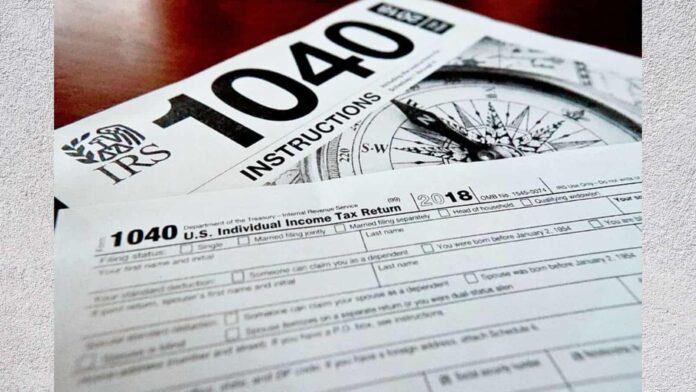New IRS Rule on Inherited IRAs: The law change originates from the SECURE Act of 2019 and its follow-on guidance by the Internal Revenue Service (IRS). For most non-spouse beneficiaries who inherit an IRA from someone who died on or after December 31, 2019, the “stretch-IRA” option (spreading distributions over their lifetime) is gone. Instead, the account must generally be emptied within 10 years of the owner’s death.
But there’s more: If the original owner was already subject to required minimum distributions (RMDs) before death, then the beneficiary may face annual RMDs, not simply a 10-year lump window. The IRS clarified that in those cases, annual distributions from years 1-9 (after death) will be required, with full liquidation by year 10.
If the owner died before their required beginning date and the beneficiary is not an “eligible designated beneficiary,” there may be more flexibility (i.e., no annual RMD required, just full liquidation by year 10).
New IRS Rule on Inherited IRAs: Why the 25% penalty matters
If you inherit an IRA and fail to comply with the RMD rules (for example, you skip required annual distributions when they apply), the IRS may impose an excise tax of up to 25% of the amount that should have been distributed.
While in practice the IRS in some instances has provided relief or waivers (especially for years 2021-2024) you cannot count on indefinite relief.
2026 Social Security COLA Set at 2.7%: Experts Say Retirees Deserve More
“If you don’t take the required distribution, you’re looking at a penalty of up to 25% of the amount you should have withdrawn,” said Denise Appleby, CEO of Appleby Retirement Consulting. “That’s a big hit for someone who may not even realize they’ve done something wrong.”
Thus, for any beneficiary of an inherited IRA (especially non-spouse) it is critical to understand whether annual RMDs are required (or merely full liquidation by year 10) and to plan distributions accordingly to avoid that high penalty.
What you should do to avoid penalty?
Identify your beneficiary status immediately: Are you a spouse? Are you an “eligible designated beneficiary”? Did the decedent already have to take RMDs?
Check when the IRA owner died, and whether they had begun RMDs: If they died after they began taking RMDs, you may have annual RMD obligations starting the year after death.
Open the inherited IRA account properly, in your name as beneficiary, and get clarity from the custodian on your timing and amount obligations. Many platforms (e.g., Fidelity Investments) provide helpful FAQs.
Calculate RMDs and plan withdrawals so you don’t leave required amounts undistributed at year-end. Many firms provide calculators (e.g., Charles Schwab).
Watch for tax planning opportunities: Since distributions count as taxable income (for a traditional IRA), you may coordinate the withdrawals with your taxable income situation to avoid being pushed into a higher tax bracket.
Document everything: If you miss an annual RMD, seek professional advice immediately. Some IRS relief may still be available, but it’s time-sensitive.




